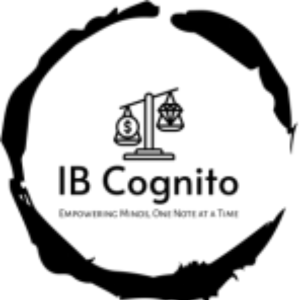Production Possibilities Curve (PPC):
- A graphical representation showing the maximum combinations of goods or services that can be produced with available resources and technology.
Opportunity Cost:
- The value of the next best alternative that is forgone when making a choice, illustrated by the slope of the PPC.
Scarcity:
- The fundamental economic problem where resources are limited while human wants are unlimited, depicted by the PPC boundary.
Choice:
- The decision-making process in selecting which goods and services to produce within the limits of the PPC.
Unemployment:
- When resources, especially labor, are not fully utilized, shown as a point inside the PPC.
Efficiency:
- Maximizing output from available resources, represented by any point on the PPC curve.
Actual Growth:
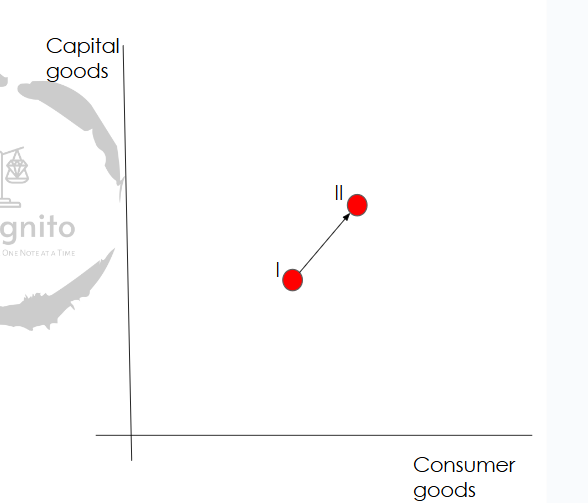
Credit to: savemyexams
- An increase in output shown by a movement from a point inside the PPC to a point on the curve, indicating better utilization of resources.
Growth in Production Possibilities:
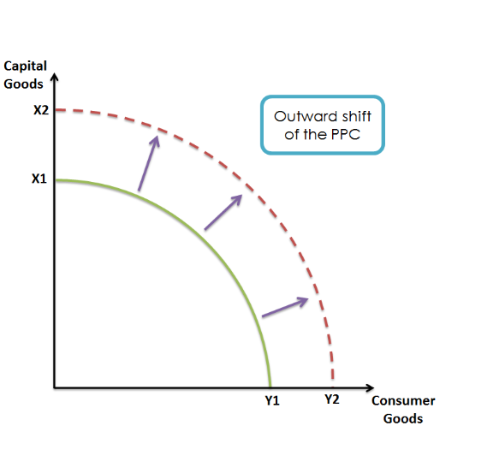
Credit to: savemyexams
- An outward shift of the PPC, indicating an increase in an economy’s capacity to produce goods and services due to factors like improved technology or increased resources.
Increasing Opportunity Cost:
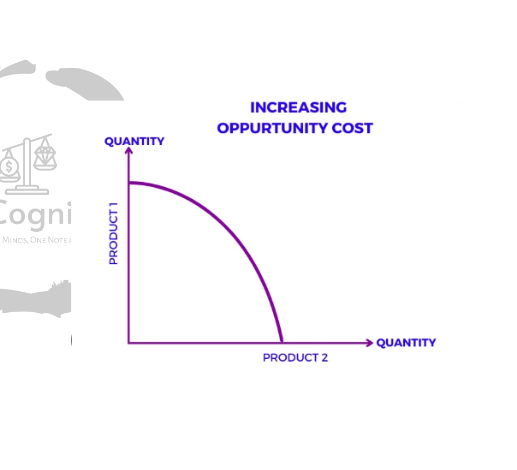
Credit to: savemyexams
- As more of one good is produced, the opportunity cost increases,
- shown by the bowed-out shape of the PPC.
Constant Opportunity Cost:
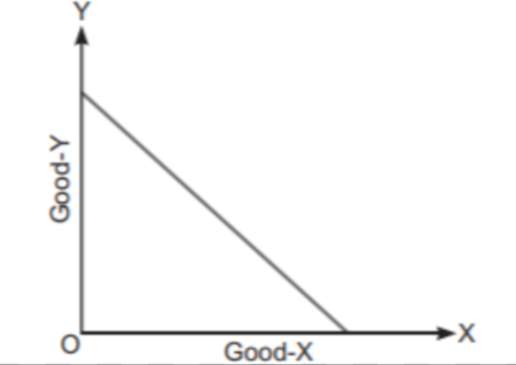
Credit to: savemyexams
- A straight-line PPC indicating that the opportunity cost of producing one good in terms of another remains constant.
Circular Flow of Income Model:
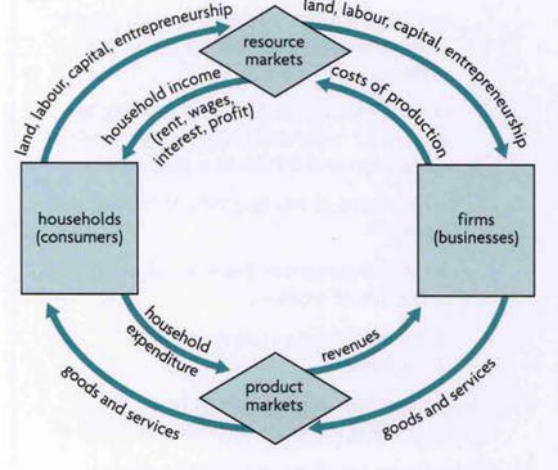
Credit to: savemyexams
- A model illustrating the flow of goods and services, resources, and money in an economy between households and firms.
- It shows how economic activity is interrelated.
Households and Firms
Households
- Consumers who provide factors of production (land, labor, capital, and entrepreneurship) to firms and receive income (wages, rent, interest, and profits) in return.
Firms
- Businesses that produce goods and services, which they sell to households and other firms.
- They pay households for the use of factors of production.
Goods and Services Market:
- Where households purchase goods and services produced by firms.
- This represents consumer spending in the economy.
Factor Market:
- Where firms hire factors of production from households. This includes the labor market, capital market, and land market.
Injection:
- Additions to the economy that increase the flow of income. They include investment (I), government spending (G), and exports (X).
- Investment (I): Spending by firms on capital goods like machinery and buildings that will be used for future production.
- Government Spending (G): Expenditures by the government on goods and services, such as infrastructure, education, and healthcare.
- Exports (X): Goods and services produced domestically and sold to foreign buyers, bringing money into the domestic economy.
Leakages:
- Withdrawals from the economy that reduce the flow of income. They include savings (S), taxes (T), and imports (M).
- Savings (S): Income not spent by households on goods and services, instead deposited in financial institutions.
- Taxes (T): Payments made by households and firms to the government, which are not available for spending on goods and services.
- Imports (M): Goods and services purchased from foreign countries, leading to money flowing out of the domestic economy.
Equilibrium in the Circular Flow
- Occurs when the total injections (I + G + X) equal the total leakages (S + T + M), leading to a stable flow of income in the economy. If injections exceed leakages, the economy grows; if leakages exceed injections, the economy contracts.
